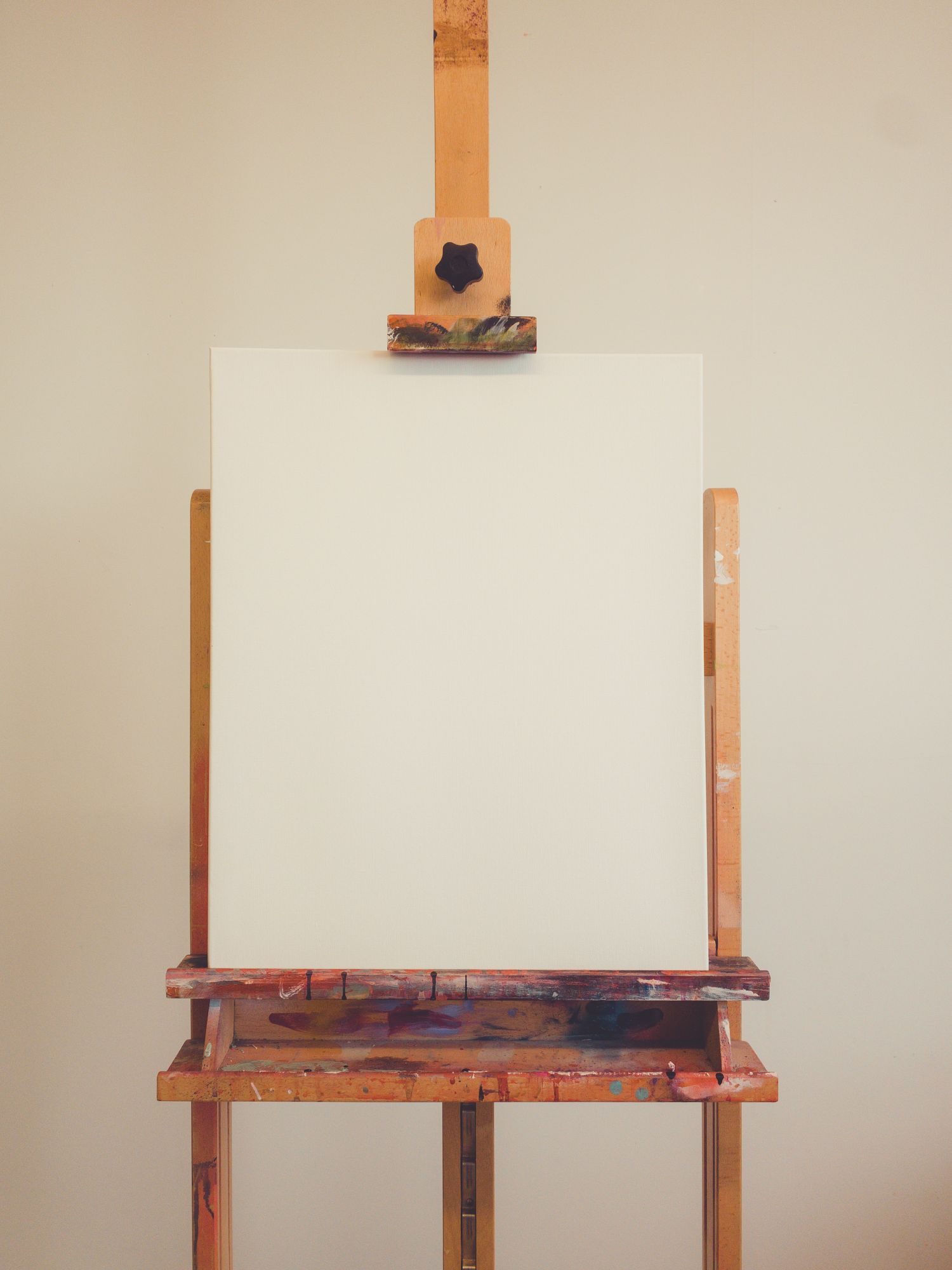Choosing a canvas for your art

When it comes to creating art, the choice of canvas is possibly more important that you might think. Artists have a vast range of canvas options to choose from, with varying attributes. So whether your style is delicate or heavy impasto, you'll need a canvas that's right for your style of art as well as your pocket. Your canvas choice can impact both the outcome and longevity of your artwork, so understanding the characteristics and qualities of different types of canvases will at least help steer you in the right direction. However, for most of us, budget is also a key consideration and you'll no doubt find yourself applying a 'trial and error' approach before you find the perfect surface for your art. In this blog, I look at the strengths and weaknesses of a few commonly available types of canvas, shed light on their unique attributes and discuss how the choices may differ brtween hobby artists and those intending to sell their art.
Cotton Canvas:
Cotton canvas is one of the most popular choices. Its natural fibers offer a traditional and versatile surface for painting and it's available in different weights and textures. It's good for:
Absorbency: Cotton canvas has excellent absorbency, allowing paints to adhere well and produce vibrant colors.
Texture: It offers a medium to heavy texture, providing depth and dimension to the artwork.
Affordability: Compared to other types of canvases, cotton canvas is relatively inexpensive.
However, if you're looking for perfection, it falls down in a couple of areas:
Cotton is susceptible to expanding and contracting with changes in humidity, potentially leading to warping or sagging of the canvas over time.
It may not be as durable as other types of canvases, especially when subjected to heavy wear or frequent restretching.
Linen Canvas:
Linen canvas is often seen as the premium choice, mainly because it’s so durable and long-lasting. Its tight, sturdy weave means it’s far less likely to sag or warp than cotton and it does a great job of holding paint and showing off fine details. On the flip side, that quality comes with a higher price tag, which can put some artists off, whether they’re hobbyists or professionals. The surface can also feel a bit rough, so if you like your brushstrokes to glide smoothly, linen might not be your ideal match.
Canvas Boards
Canvas boards are simply a lightweight canvas fixed onto a sturdy board, such as strong cardboard, and they offer a firm surface to work on. They are reasonably inexpensive and can be used with all sorts of painting techniques, although they don’t have the same structure as stretched canvases. Personally, I find I have to work faster on canvas board when using acrylics, as the paint tends to dry faster, but I do like to use them from time to time. One criticism of canvas boards is that the bond between the canvas and the board has a tendency to weaken over time, which is something to consider if your painting is likely to be kept for several years or if you're planning to sell it.

Choosing the right canvas is something worth giving proper thought to, as it can really shape both the look of your work and how well it lasts. Different types of canvas each have their own advantages and drawbacks, so it’s worth thinking about what suits your style and needs best. Cotton is affordable and versatile, making it a popular option, while linen is known for its quality, strength and longevity. Canvas boards are cheap, convenient and sturdy, but they don’t tend to last as long as stretched canvases. By weighing up the pros and cons, you’ll be in a much better place to choose the canvas that supports your creativity.
HAPPY PAINTING!

Comments